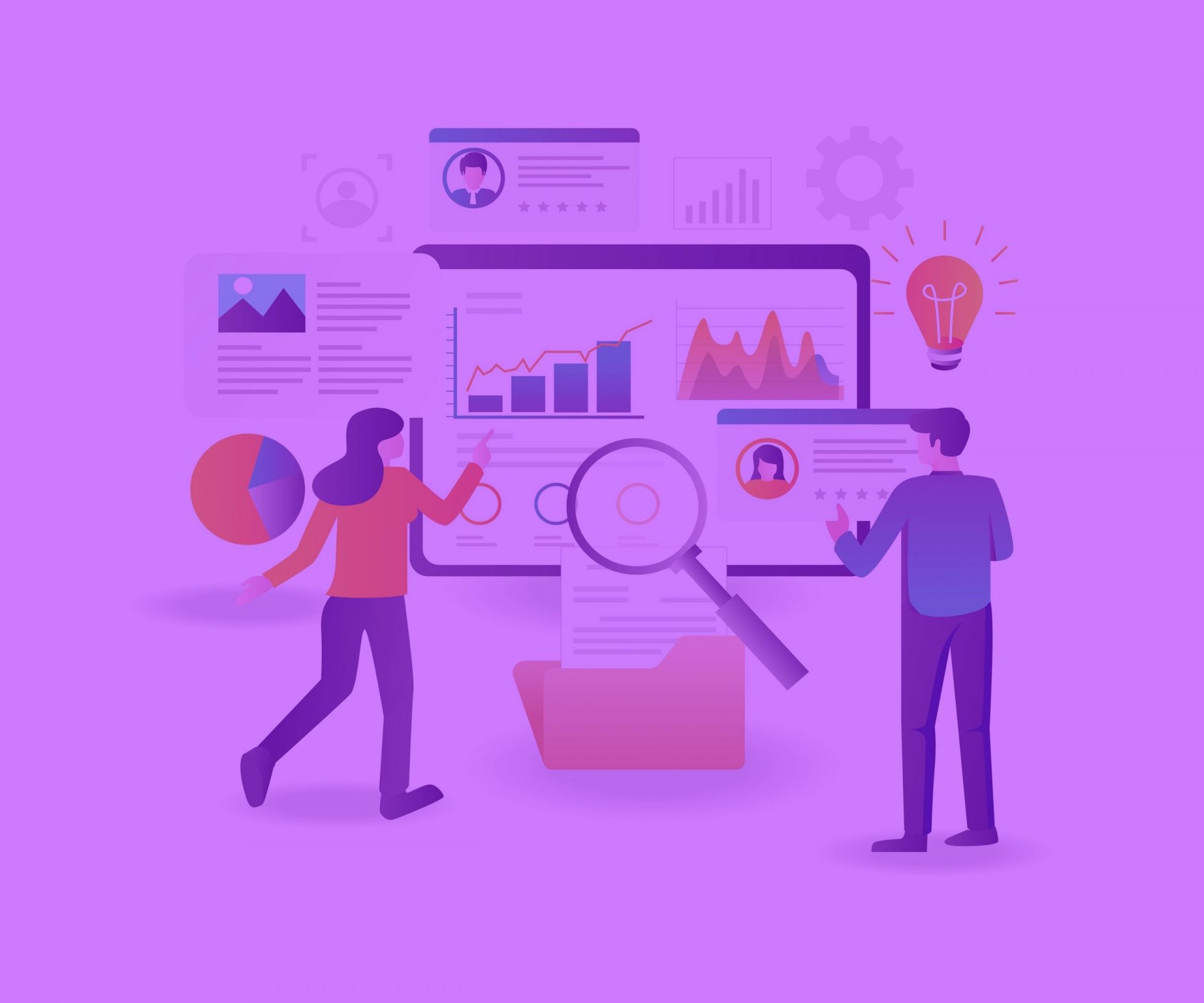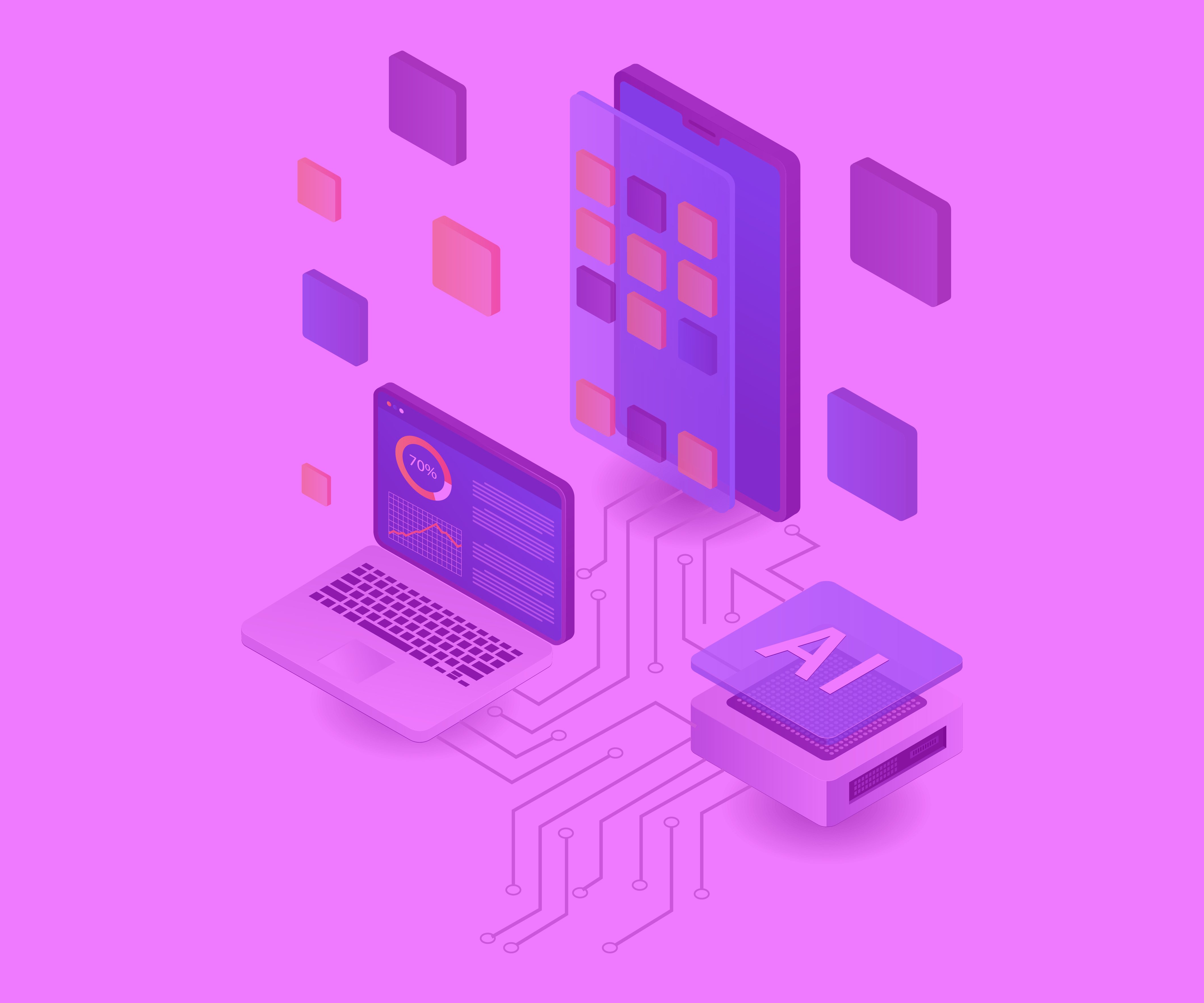6 September, 2016, by ClinCaptureTeam
At ClinCapture , our ears tend to perk whenever we hear the phrase, “reduce human error.” After all, it’s a big part of what we do and what drives us to continuously develop and improve our technology. Of course, there will always be some truth to the saying: “To err is human,” though we hope someday it will no longer be the case as far as medical practice goes.
Digital pioneering will certainly continue to play a significant role in making human error-less medicine a reality. And we really look forward to continuing to be a part of this effort
One of the more useful tools for medical professionals these days is the digital pen, an input device designed to capture the handwriting of a user thanks to a special kind of software called optical character recognition (OCR). This is an important and unique technology as it enables users to put a personal human stamp on their digital work, which is otherwise usually uniform and indistinguishable from person to person. It is therefore especially useful in fields where personal responsibility is important. It’s also useful simply in situations where it’s easier or more convenient to write naturally with one hand as opposed to type with ten fingers.
Given the above, we can see how digital pens have their place within the medical profession. In activities where care, traceability, efficiency, and accuracy are strong factors, electronic records are our best means of achieving, or at least approaching, a perfect standard. The computerization of all information has become a central focus in healthcare settings, and digital pens have emerged as a key tool in the shift from paper to screen as they serve as a natural bridge between user and technology.
Handy, yes, but how exactly do they serve to reduce human error?
No dependency on non-clinical staff for transcribing
Transcribing is an age-old practice in the medical field. Typically, the medical expert will write by hand or voice-record his or her notes, either as they are observing something happening in real-time or as they are reflecting on a matter by way of stream of consciousness. These scribblings or recordings are then typically given to a non-clinical staff member to computerize. You can imagine the risk of loss, error, or miscommunication in the simple act of transferring detailed information from one human to another before it reaches its final destination inside a computer.
The ideal scenario is if information is transferred directly from the human expert to the digital realm. Although support staff may be competent in their job, just the mere fact that there is an extra and unnecessary human element—particularly, one whose expertise does not match that of the information’s source—increases the likelihood of error. In the medical world, data should always be captured at the point of care or observation whenever possible. Digital pens help to make this possible.
Real-time data sharing
Thanks to cloud computing and device sharing, digital pens are a pivotal tool in the real-time sharing of information. Some notes are useful to look back over days, weeks, or months later. Some notes are only recorded for legal or administrative purposes. But sometimes notes can be useful among several individuals in real-time situations, such as in urgent care, labor rooms, or in any situation where multiple individuals need to stay updated from one moment to the next.
If good communication is key to preventing error, then digital pens can be a good weapon to have in your arsenal.
Although, we’re only skimming the surface of the potential of digital pens to reduce human error, it isn’t difficult to imagine scenarios in which they might help save time, money, and even lives—particularly in fields where no detail can be spared.





